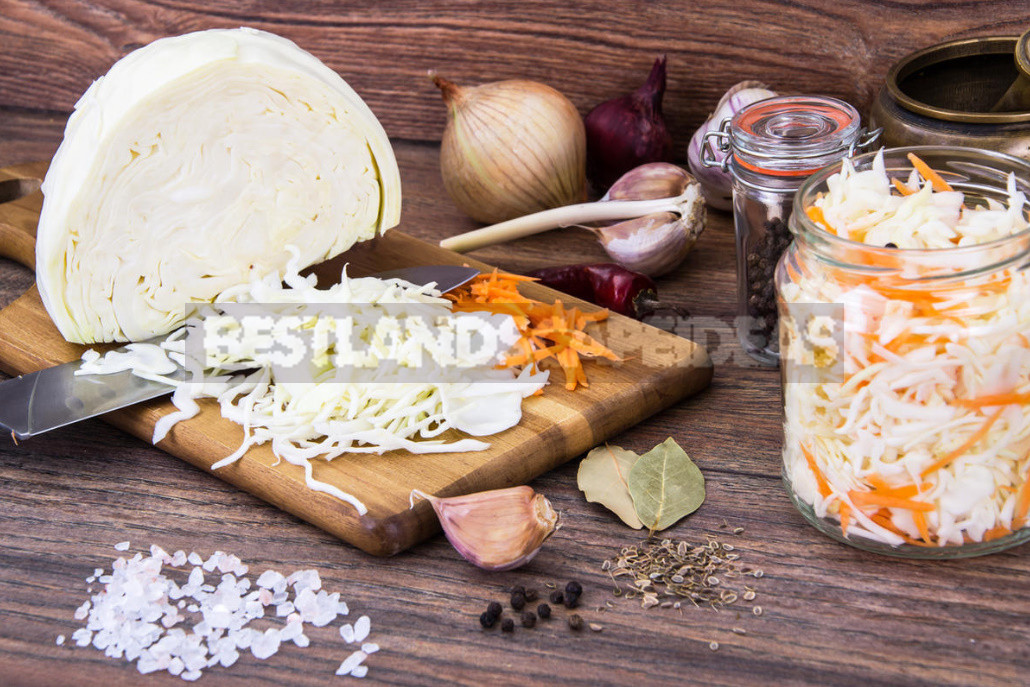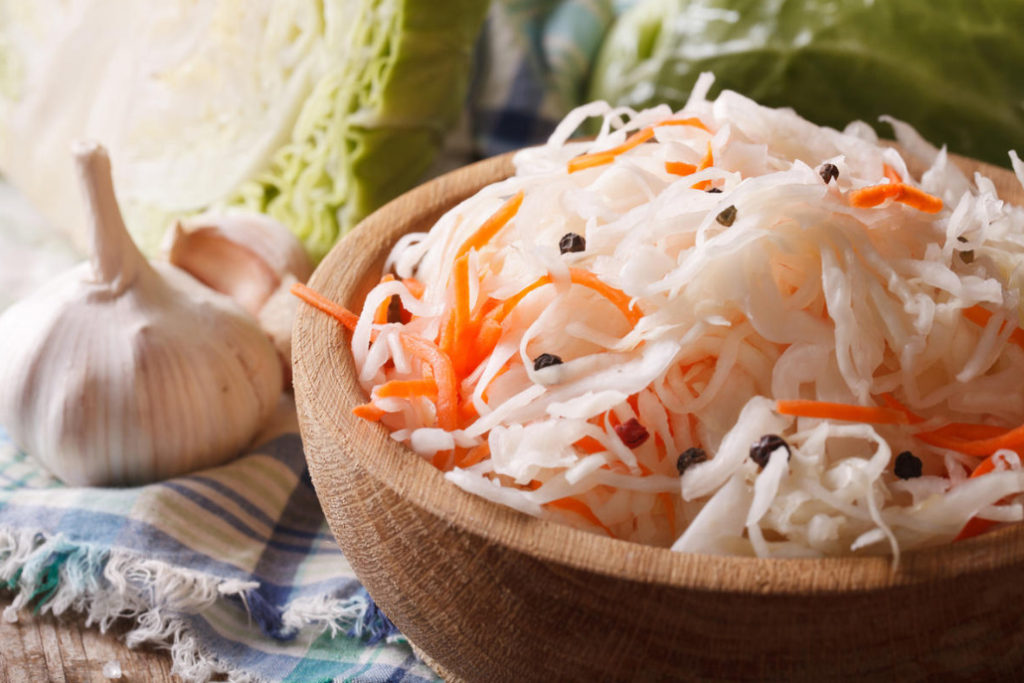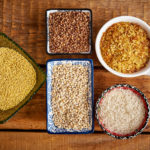What kind of soup without sauerkraut? It seems that preparing the main ingredient of the first course is easier than ever. However, when sauerkraut is fermented, housewives sometimes make mistakes that can significantly change the taste of cabbage and shorten its shelf life.
Only properly fermented cabbage retains all its useful properties and vitamins until spring. For cooking, it is best to take good old cabbage. Red varieties after fermentation may have a slight bitter taste.
The most common mistakes in sauerkraut
1. Overexposed at room temperature
For fermentation, three to four days are enough at room temperature (+22…+24°C), and then the cabbage should be transferred to a cool or even cold place. This snack is especially good if stored in the cold. Take the right amount, defrost it – and enjoy its wonderful taste!
2. No gases are released during fermentation
The cabbage layer should be pierced daily for the entire thickness with a spoke. Better yet, pour all the contents into the basin, mix with your hands and put back in the container for further fermentation. It is enough to do this procedure once every 2-3 days from the moment of fermentation.
3. Did not use oppression
Cabbage can not be fermented without inhibition (like mushrooms). The entire contents of the container must be completely immersed in the brine.
4. Not to fill up the salt
A lack of salt can lead to failure. For proper fermentation, you need to take one tablespoon of table salt (30 g) for each kilogram of cabbage.
5. Iodized salt was used
You can not use iodized salt (not only for sauerkraut, but also for all other preparations)!
6. Fermented late cabbage
Fermentation of late varieties intended for long-term storage is a very common mistake. Such heads are well stored, because there is not enough sugar in them. More precisely, they gradually accumulate during storage. Therefore, late cabbage can be fermented from the end of December, when there are enough sugars in it to start the fermentation process, and not in September-October. Late varieties have a heavy dense head with thin leaves.

Cabbage, ready for salting in October, has a loose head with thick juicy leaves. These varieties contain a sufficient amount of polysaccharides. The correct heads are perfectly fermented immediately after harvesting.
















